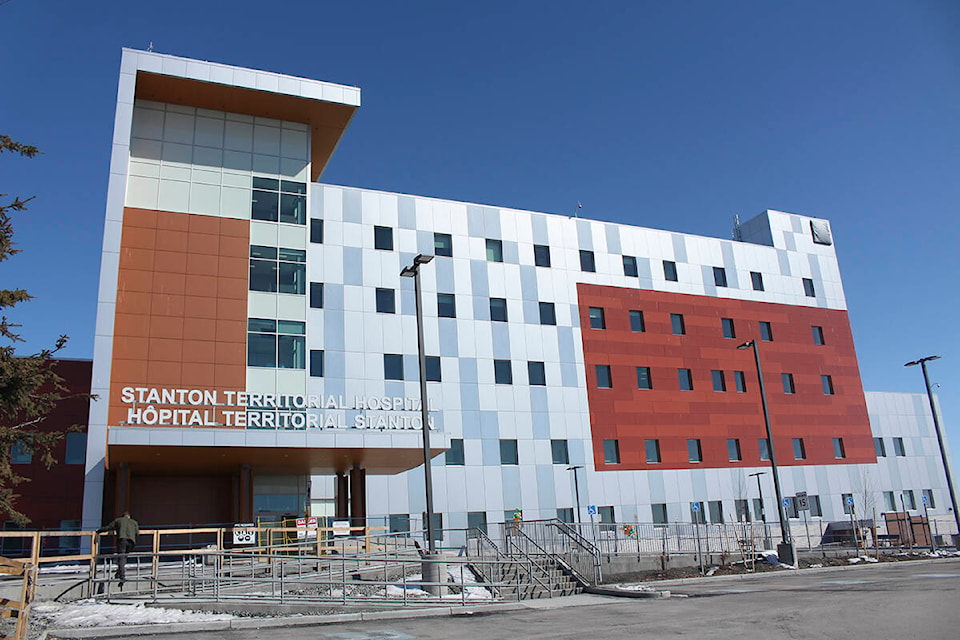Demand on the oxygen delivery system at Stanton Territorial Hospital forced the cancellation of some surgeries Sept. 21.
The Northwest Territories Health and Social Services Authority said Wednesday afternoon, Sept. 22, that surgeries had resumed but warned more cancellations may take place if more patients need help breathing, in other words, if more people are admitted with COVID-19.
Affected patients will be contacted by the hospital if their surgery is cancelled, according to a news release.
The hospital is still providing acute care, but there is a limit to the amount of oxygen that can be sent to any given “zone” of the building at one time. The NTHSSA is asking residents to follow public health guidance and get vaccinated in order to avoid putting more strain on the system by not becoming involved in the first place.
“NTHSSA is continuing to assess this situation in collaboration with the P3 facility management provider Dexterra, the GNWT Department of Infrastructure, and other external technical experts,” NTHSSA spokesperson David Maguire wrote. “There have been no negative impacts to patient care aside from yesterday’s surgical cancellations, and we continue to be able to provide high quality care to our current COVID-19 and other patients.”
What “surge capacity” Stanton has left is being explored, he said, an exercise “particularly important” with the pressure currently on the Alberta health system, the NWT’s traditional backstop.
Bedside oxygen tanks and other measures have been taken. Patients have been moved from the intensive care unit (ICU) to “another suitable zone in the hospital with appropriately qualified staff and other supports.”
Maguire explained that most COVID-19 patients at Stanton are now treated with a device that is less invasive than a traditional ventilator, the kind that made headlines in the early months of the pandemic, but which uses four times as much oxygen. And in recent days, the number of patients in the hospital who can’t breathe on their own has increased.
Stanton staff had explored surge scenarios before but they involved using traditional mechanical ventilators as a treatment for COVID-19 patients. The change to the more thirsty, less invasive devices as a best practice threw them into uncharted territory.
“Gradually our understanding of the illness and the approach to care has shifted and with this change comes these unexpected demands on our infrastructure,” he wrote. “Other jurisdictions have faced similar issues related to capacity as these devices were implemented and NTHSSA is reaching out to determine what solutions or lessons may be available.”
